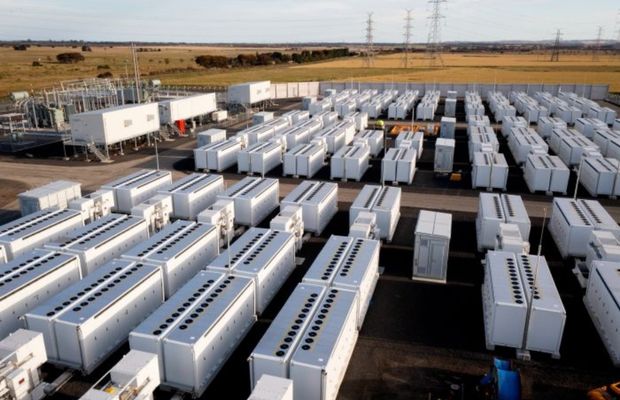The advancement of battery energy storage is not solely a technological or market-driven phenomenon but also significantly influenced by policy and regulatory frameworks. Effective policy plays a critical role in creating an enabling environment for the research, development, and deployment of battery energy storage. Here’s an overview of how policy can advance battery energy storage technology:

1. Financial Incentives and Subsidies
Governments can accelerate the adoption of battery energy storage by offering financial incentives such as tax credits, grants, and subsidies. These incentives can help offset the high initial costs of energy storage systems, making them more accessible to utilities, businesses, and homeowners. For example, investment tax credits (ITCs) for energy storage can reduce the capital expenditure burden on developers and stimulate market growth.
2. Research and Development Support
Public funding for research and development (R&D) is crucial for pushing the boundaries of battery energy storage technology, improving efficiency, reducing costs, and discovering new materials and methods. Government-sponsored R&D programs can support early-stage technologies that are not yet commercially viable, accelerating their path to market readiness.
3. Regulatory Frameworks and Market Access
Regulatory frameworks that recognize the multifunctional value of battery energy storage in providing grid services, such as frequency regulation, load shifting, and peak shaving, are vital. Policies need to ensure that energy storage systems are fairly compensated for the various services they provide. This includes developing market structures that allow battery energy storage to participate alongside traditional generators in electricity markets.
4. Standards and Interconnection Procedures
Establishing clear technical standards and streamlined interconnection procedures for battery energy storage can facilitate their integration into the grid. Policies that set safety, performance, and reliability standards help ensure that energy storage systems are both effective and safe. Simplifying the interconnection process can reduce barriers to deployment, especially for smaller projects or distributed energy resources.
5. Environmental and Recycling Regulations
As the deployment of battery energy storage scales up, policies addressing the environmental impact of battery production, usage, and disposal become increasingly important. Regulations can encourage the use of environmentally friendly materials, support recycling and reuse initiatives, and ensure the responsible management of batteries at the end of their life cycle.
6. Energy Storage Targets and Mandates
Some jurisdictions have implemented energy storage targets or mandates to ensure a certain capacity of storage is deployed within their grid. These targets can provide a clear signal to the market and mobilize investments in battery energy storage. They reflect a commitment to integrating renewable energy and enhancing grid resilience.
7. Encouraging Community and Distributed Storage Projects
Policies that support community energy storage and distributed storage projects can help democratize the benefits of battery energy storage. These might include direct funding, technical assistance programs, or regulatory adjustments that enable community ownership models and the aggregation of distributed energy resources for participation in energy markets.
Conclusion
The role of policy in advancing battery energy storage technology is multifaceted, addressing not only economic and technical challenges but also environmental and social considerations. By creating a supportive policy environment, governments can accelerate the development and deployment of battery energy storage, contributing to a more sustainable, resilient, and efficient energy system. The ongoing evolution of these policies will be crucial as battery energy storage technologies continue to mature and as the energy landscape shifts towards greater reliance on renewable sources.
